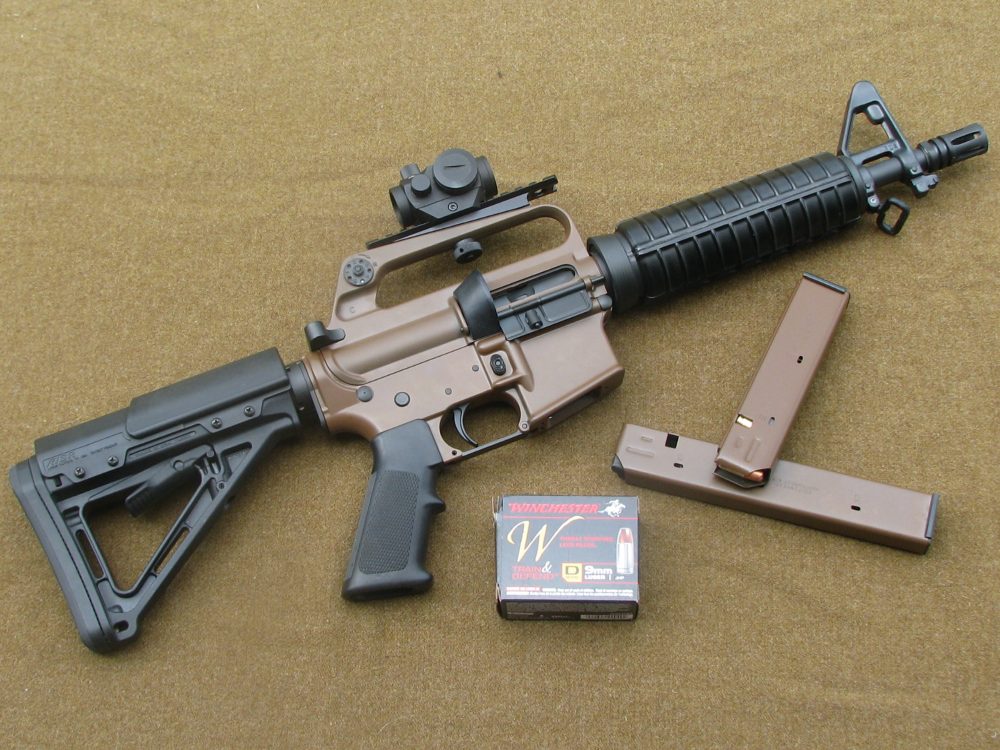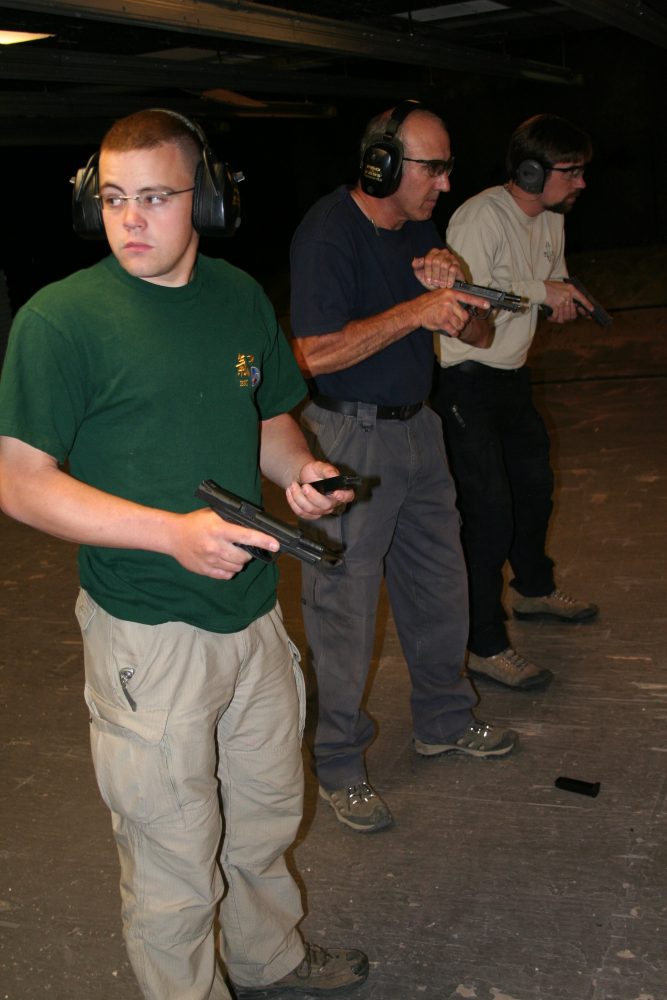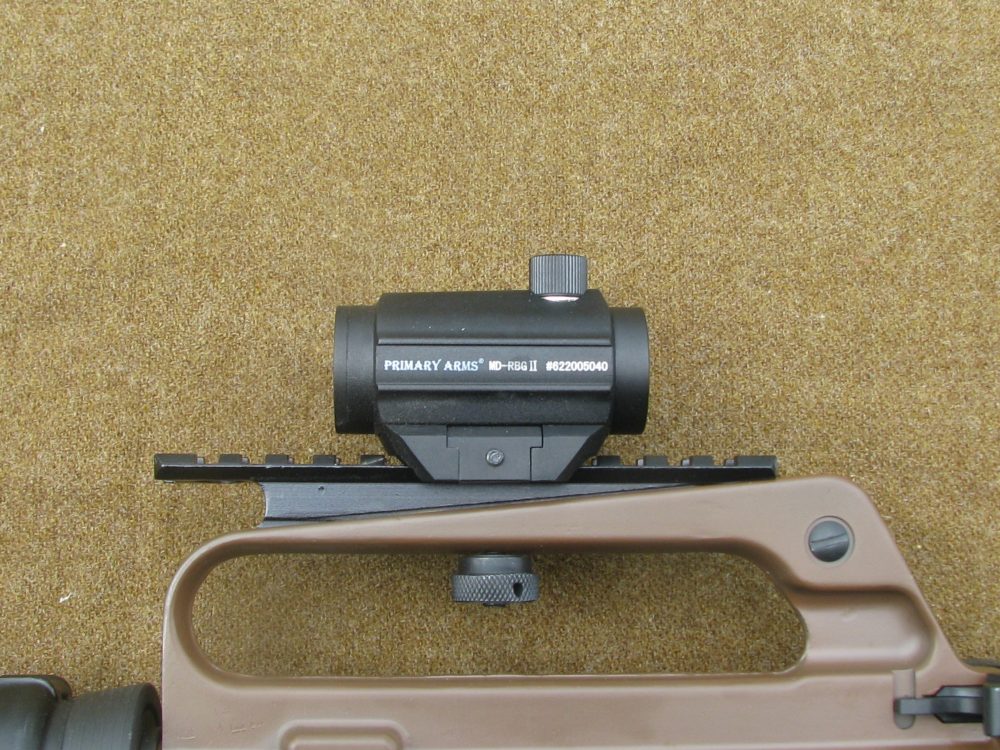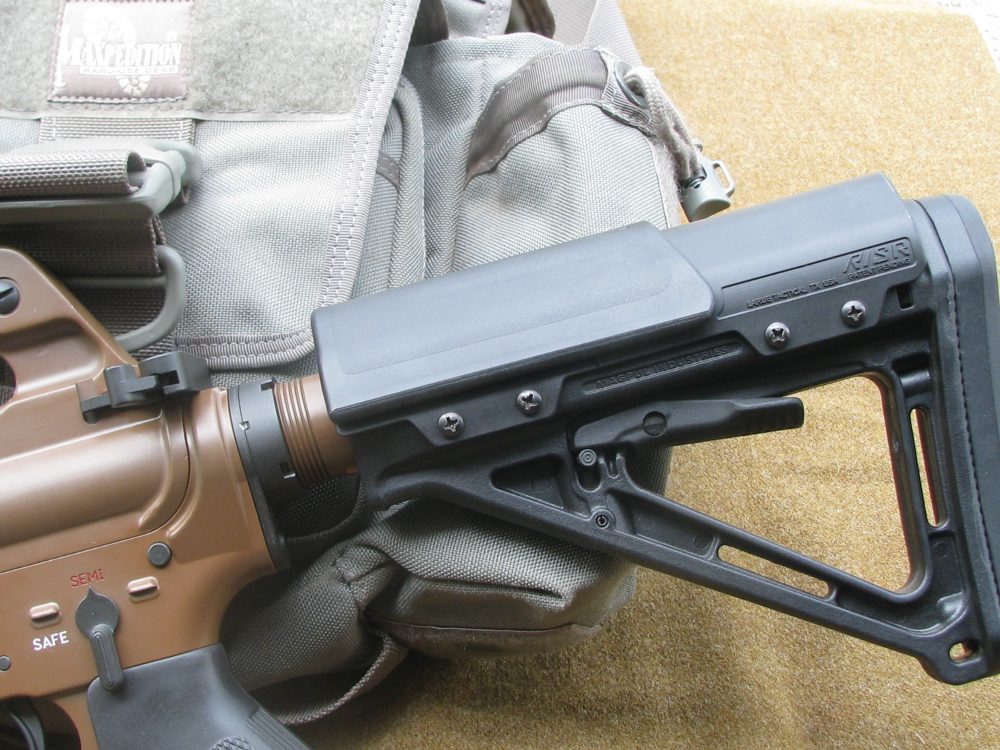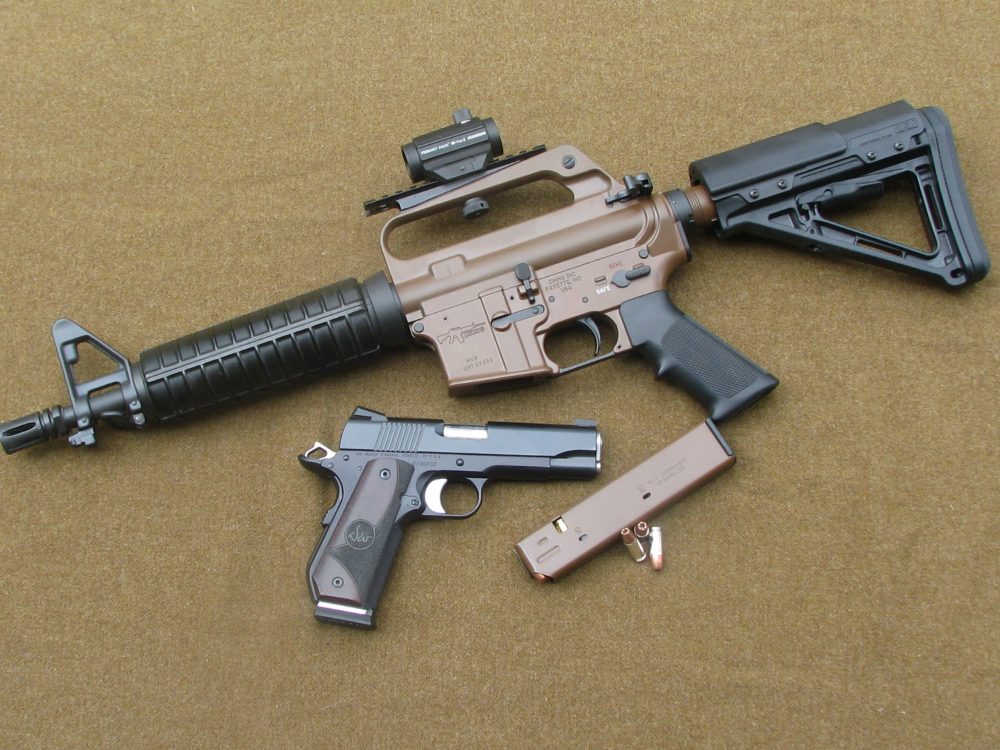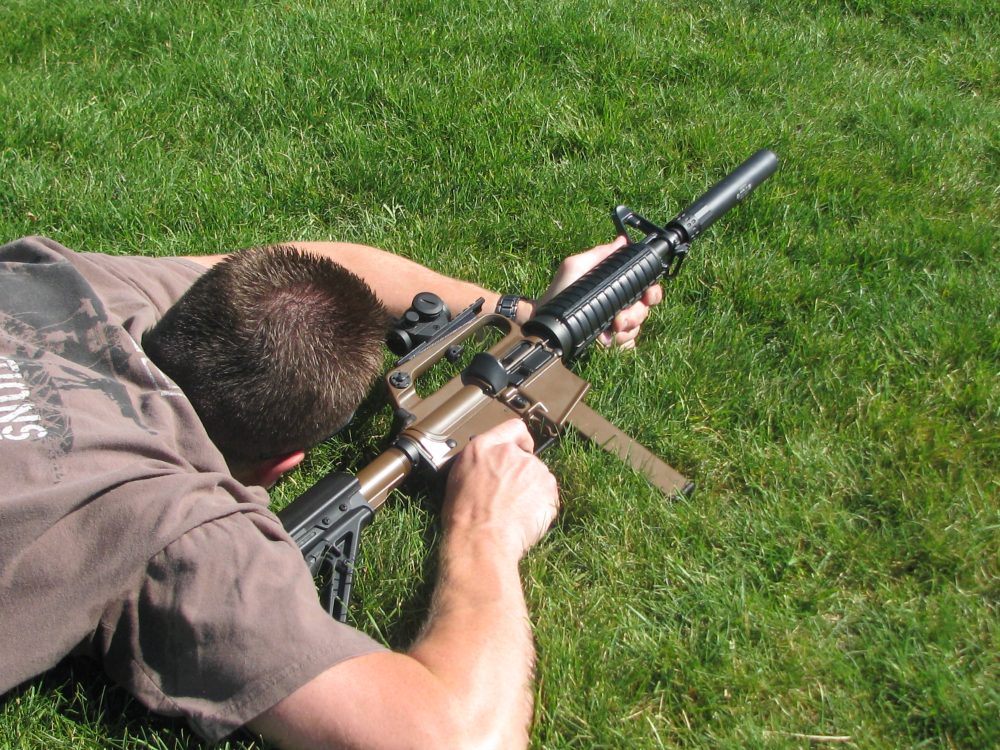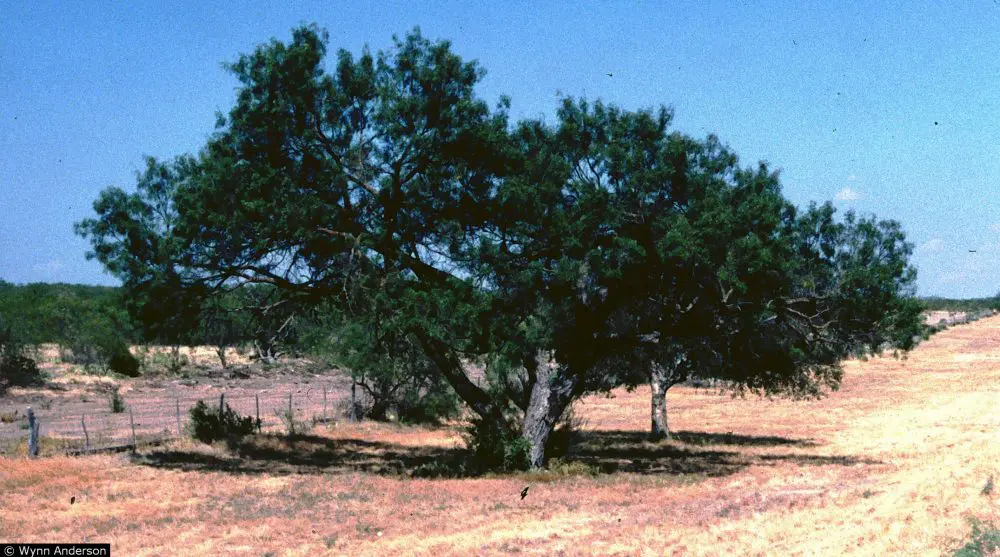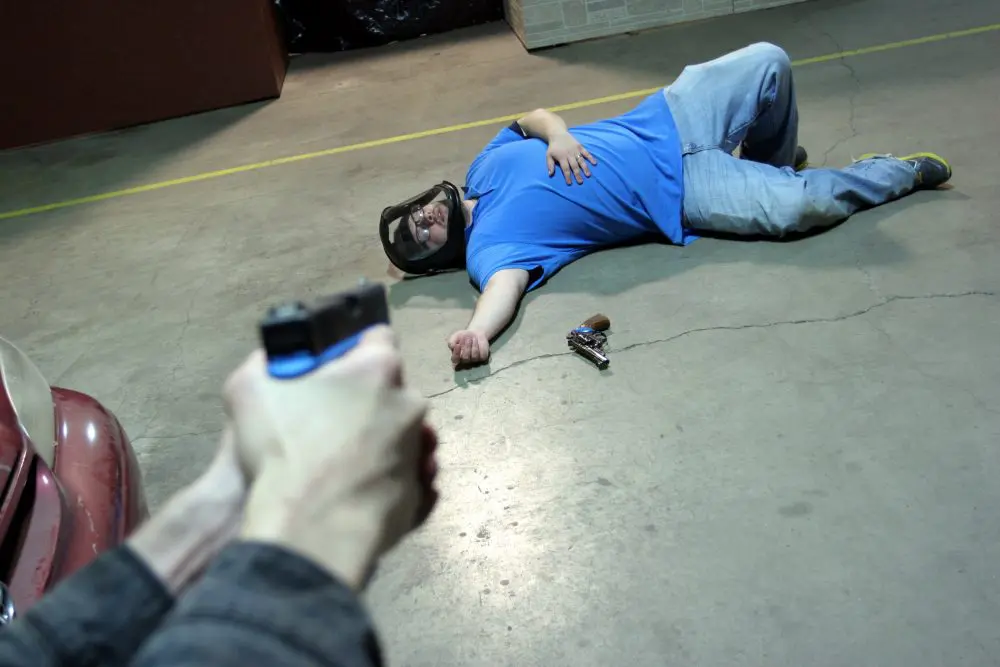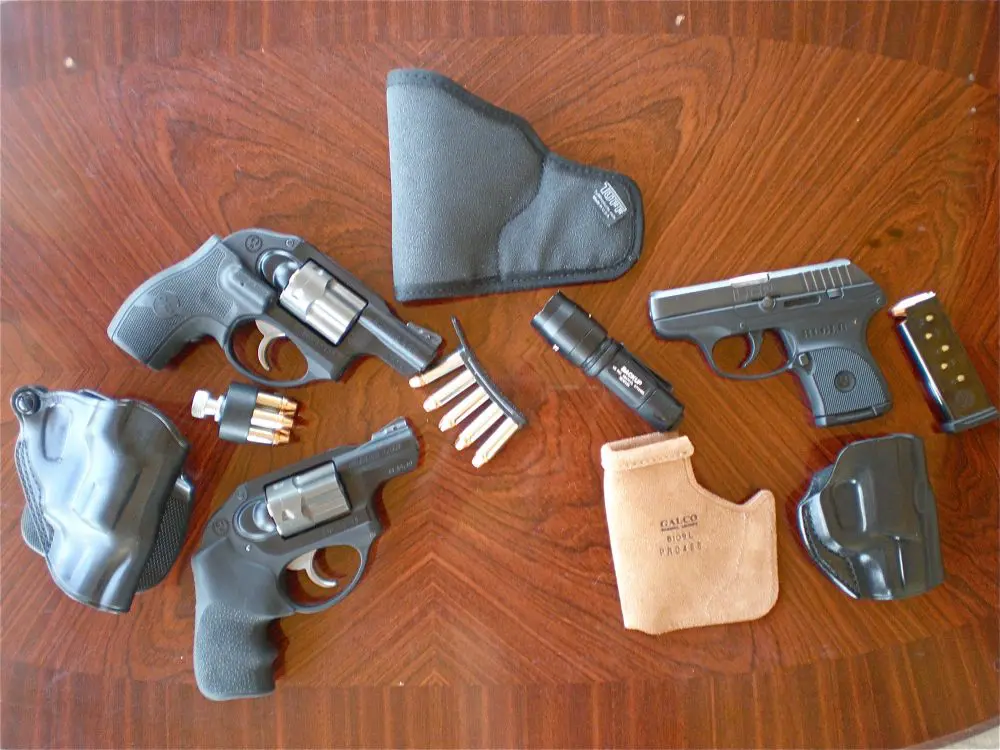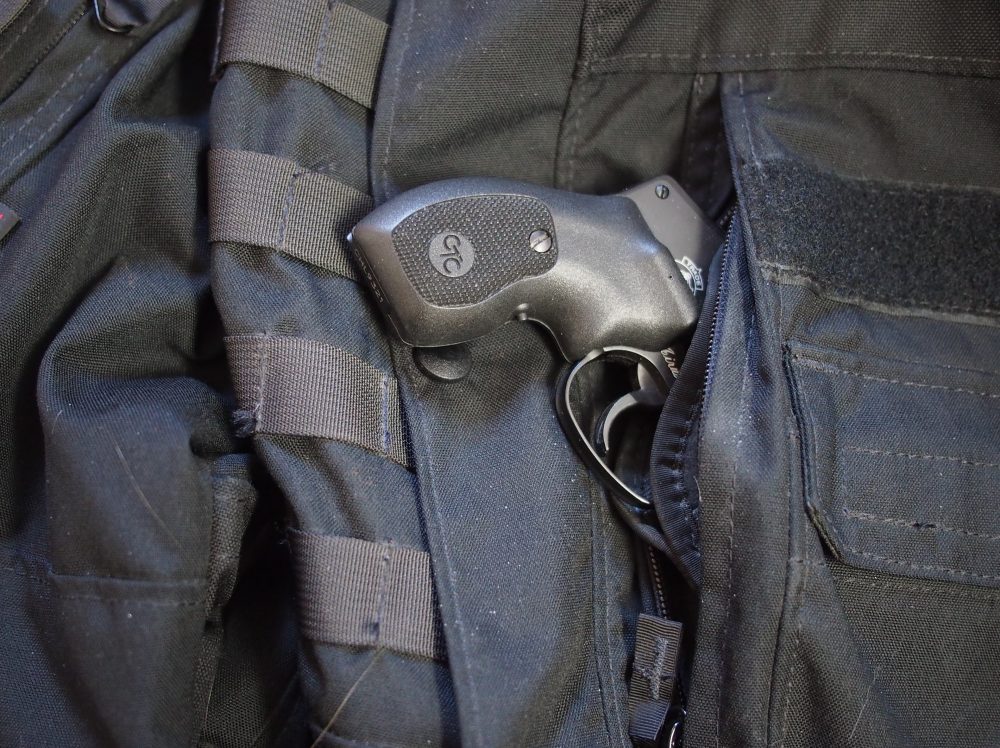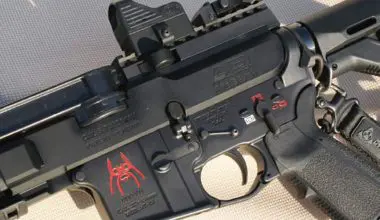CMMG/Colt carbine—compact, reliable, compatible.
Amateurs discuss tactics; professionals discuss logistics. — Von Clausewitz
In 1873, Colt and Winchester both introduced firearms chambered in the same pistol cartridge, the .44-40. This round fit the new Colt Peacemaker, or Single-Action Army, which became one of the most popular defensive handguns of all time. It also chambered in the 1873 Winchester lever-action, which was available with barrel lengths from carbine to rifle. These two weapons became the guns that won the West.
One of the primary reasons for the popularity of this combination was logistics. I wasn’t around in those days, but I’d imagine that gun stores were few and far between, with cowboys having to ride for miles to re-supply. The idea that a guy could buy one or two boxes of ammunition and they’d fit both of his defensive arms had a lot of appeal.
Additionally, it might have been tough for a store to stock several different calibers, so they might have focused on the most common ones. Winchester had the option of chambering the 1873 in lots of calibers, but market forces made the .44-40 a good choice. Those same market forces, plus political forces, may make some sense today.
Birdsong FDE finish with black accents. Colored selector indicator is standard.
Table of Contents
PISTOL-CALIBER CARBINES
Few will argue that pistol calibers fired out of a carbine will stop critters—two legged or four. If I want to stop something aggressive, I’d prefer a rifle that starts with .4, or a 12 gauge with Brenneke slugs. The backside of that argument is that if I didn’t have access to a more powerful weapon, I’d be willing to use a quality pistol-caliber carbine if I had one. In addition, I may end up with someone, not a gun geek, who can only handle a lighter carbine and pistol.
A few years ago, I was teaching at an Oregon police department. As I passed the unlocked armory, I was sucked in—armories are like black holes for me. The short story is that the department had two Colt 9mm carbines with 10.5-inch barrels that they wanted to swap for .223s. I made the trade, figuring that having a 9mm carbine might come in handy some day. I specifically wanted an AR system, since I train a lot with that platform.
Fate threw a wrench into the works when it turned out that one of the carbines was built on a post-1986 submachine gun receiver, not a rifle receiver. This meant, of course, that the gun had a non-transferable lower receiver. As Short Barreled Rifles (SBRs) were not legal in my state at the time, I stripped out all the parts of the carbine. The SMG lower still languishes in the PD armory.
The box of parts and magazines sat around for a couple more years. When SBRs became legal to own in my state, I decided it was time to put the carbine together.
Federal penitentiary. To avoid reading these words from the inside, do not assemble a short-barreled weapon until after it is properly registered. This requires a BATFE Form One to be filled out, submitted and approved, and a $200 tax stamp issued. Once the stamp is issued, the gun can be assembled and used. Resist the temptation to skip this—ten years in prison and a $10,000 fine are not worth it!
Primary Arms MD-RBGII—a must for an A1 carry handle.
9MM AR LOWER
An AR 5.56mm lower is the same as a 9mm lower. A magazine well block is added to accommodate the 9mm magazine. On Colt carbines and SMGs, the block is pinned into the mag well with three roll pins, allowing the carbine mag to lock tightly into place.
I’m not a gunsmith, and aligning the block and drilling the holes would require a template and some precision, so I considered Plan B—a detachable magazine well block. I grabbed my Brownells catalog. The magazine well block I found there simply slides up into the mag well and is held in place partially by the magazine release. An Allen screw in the bottom of the block is screwed in, forcing two small metal plates to push against the inside of the magazine well, completely locking the block in place. This allows it to be easily replaced if you want to switch calibers back to 5.56.
As I was looking for the parts, I saw a dedicated 9mm AR stripped lower made by CMMG. Instead of installing a block, the mag well is built for Colt-type 9mm magazines. I’ve never had much contact with CMMG receivers, but a little research indicated a quality gun. I ordered one.
Magpul stock with LaRue RISR allows good cheek weld with a higher sight or optic.
PUTTING IT TOGETHER
The lower arrived and I set about installing the parts in it, all from the afore-mentioned Colt. Things dropped in nicely and the lower showed good fit and finish. The only two problems I found were the rear trigger guard pin hole (too small) and the bar on the opposite side of the magazine release. Both were too tight, but one pass with a drill bit and a few minutes of stoning allowed a good fit for both.
Once the gun was registered and running, I did a little reliability shooting. I found seven different loads of 9mm in the locker, ranging from ball to hollow points and weights from 115 to 147 grains, including sub-sonic. I zeroed it with ball at 50 yards, then started whacking steel. I shot 350 rounds from ten to 125 yards without a single malfunction and with good hits.
The carbine has standard Colt A1 sights on a fixed carry handle. So it’s not a precision rifle—a two-inch group at 50 yards will still do the job.
On the A1 sights, I find it a little hard to focus on the front sight. I considered getting a flat-top upper so I could mount a red dot sight like my other ARs, but didn’t. I’ve been testing a red dot from Primary Arms on my M&P 22 and it works great for a fraction of the cost of name brands. A little research and a phone call got me a Primary Arms MD-RBGII with scope mount for an A1 carry handle at $168.98 retail.
It took five minutes to mount it and ten minutes to zero it, and my groups were cut in half. But the sight sits very high, so I dug into one of my “stuff” boxes for a Magpul stock with the LaRue RISR, which brings the cheek weld higher. I now have a good red dot, good cheek weld, and better accuracy in shorter times.
Primary Arms is up front as to ruggedness. This optic is designed for training, home defense and law enforcement, none of which typically require high round counts. If you plan on sustained combat operations in rugged territory, buy an Aimpoint.
Compact carbine and Dan Wesson Guardian make a nice combination for newer shooters.
FINISHING IT OFF
It was time for refinishing. The upper and lower didn’t match and the gun and mags showed wear. I reached out to my favorite finish folks, Birdsong’s Black-T in Mississippi.
I started using Black-T 20 years ago in Alaska, and I still think it’s the best out there. Its lubricity and corrosion resistance beat anything else I’ve used, from arctic to desert. My Remington 700 hunting rifle has many years of hard use on it, and it still looks like new. I chose to have the gun and magazines coated in Flat Dark Earth (they do numerous colors), with black accents on some of the smaller parts. As always, the job was done quickly and perfectly.
The final piece of the project was provided by Gemtech. I have a couple of cases of subsonic 9mm ammo, so I figured I needed a suppressor. I contacted Casey Foster during the SHOT Show, and he showed me a couple of new suppressors. The GM-45 I ordered from Gemtech will work on the 9mm carbine, 9mm pistol, and on my 1911s in .45 ACP. The aperture at the mouth of the suppressor is slightly larger than 9mm, which technically makes it louder when using the smaller caliber, but your ears won’t know the difference.
Officer Chris Conrath shoots carbine prone from small boat unit with Gemtech GM-45 suppressor attached.
CARBINE COMBO
I own four 9mm pistols: a Dan Wesson Guardian, Springfield EMP, and two Browning Hi-Powers. Should the need arise, I can carry a handgun and quality carbine—that works exactly like my primary defensive long gun—and use the same ammo in both.
I can store a couple thousand rounds of quality ammo that will run in any of the guns, which simplifies logistics—that might be important one day. The EMP or Guardian would work well with the carbine for a smaller shooter.
Every gun is a compromise, and this combination might not work for some, but might for others. I won’t get into the whole “mouse gun” argument, since any gun that you can shoot well is better than the mythical perfect gun. In performance, 9mm ammo has improved light years, and a compact, reliable carbine is a good choice for some people. For me, it adds another layer of preparation in platforms I know very well.
I don’t know what’s coming down the road, or where I’ll be or with whom when it does. I’d prefer to carry a heavier caliber. But the person next to me might not be up to that, so a lighter caliber combination could be the answer. It would also be the answer for me, if that were what I could get to.
CONCLUSION
If your budget allows, consider a combination like this one. With less hassle and less money, the same can be done with 16-inch barrels and semi-auto lowers. I just tested a prototype 9mm carbine from Fort Discovery (they’ve been building a quality AR for several years), and it ran and shot well. It had a Primary Arms red dot and used Brownells 32-round mags, both of which performed very well. Colt, Rock River, CMMG, Stag Arms and others also build AR-type carbines in 9mm.
The more depth we have in preparation, the more choices we have when we need them. If supplies of one item get thin, it’s good to have another option.
Jeff Hall is an Army veteran, retired Alaska State Trooper lieutenant, and NRA staff instructor. He also teaches for several state POST agencies. He is a martial arts grandmaster and founder of Hojutsu-Ryu, the martial art of shooting. He can be reached at [email protected].
SOURCES
W. E. BIRDSONG & ASSOCIATES, INC.
(601) 939-7448
www.black-t.com
BROWNELLS INC.
(800) 741-0015
www.brownells.com
GEMTECH
(208) 939-7222
www.gemtech.com
PRIMARY ARMS
(713) 344-9600
www.primaryarms.com
